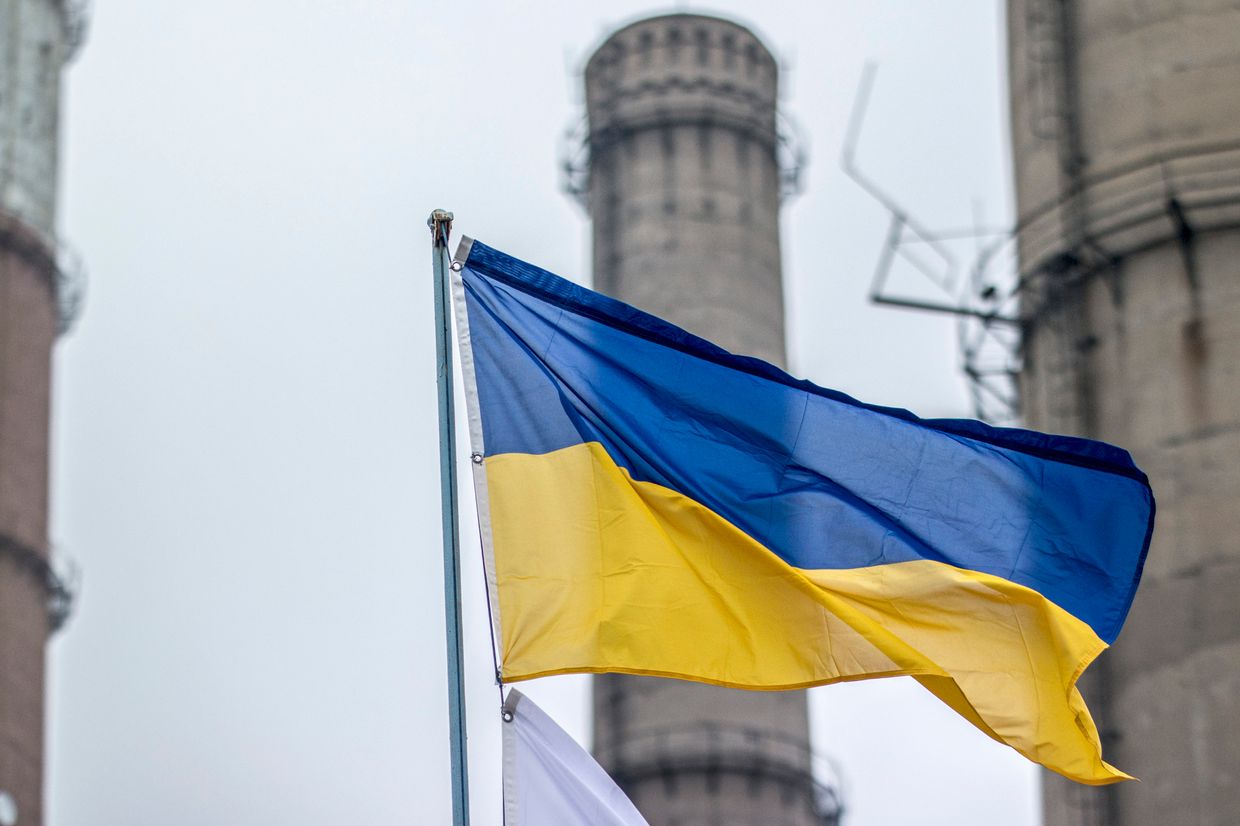IAEA: All reactors at Zaporizhzhia Nuclear Power Plant put into state of cold shutdown

All six reactors at the Zaporizhzhia Nuclear Power Plant (ZNPP) have reached a state of cold shutdown for the first time since October 2022, the International Atomic Energy Agency said in a news release on April 13.
IAEA Director General Rafael Mariano Grossi welcomed the cold shutdown that began early on Friday morning, stating that the cold shutdown "enhances the overall safety of the facility."
A cold shutdown creates an extra safety buffer allowing more time before nuclear fuel cooling might become compromised in the event of a nuclear accident. While in cold shutdown a reactor would need less cooling water than in a hot shutdown, an issue that became more prominent after Russia's destruction of the Kakhovka dam in June 2023.
The development comes amid an increase in Russian attacks on Ukrainian critical infrastructure. On April 7, the ZNPP reportedly suffered three direct strikes, in what Grossi called a "serious incident with potential to undermine integrity of the reactor’s containment system."
Russia claimed Ukrainian drones attacked ZNPP. Ukraine's military intelligence agency (HUR) said Kyiv was not involved, calling the latest strike a "Russia's provocation."
Despite the cold shutdown making progress to help avoid a nuclear incident, Grossi added that the cold shutdown "doesn’t address the fundamental issue of a recent sharp deterioration of the situation at the plant."
"Without a doubt, nuclear safety and security at this major nuclear facility remains very precarious.”
According to the IAEA, the cold shutdown comes at the end of the winter heating season in nearby town of Enerhodar in Zaporizhzhia Oblast - where most plant staff live.
The Zaporizhzhia Nuclear Power Plant, the largest nuclear plant in Europe, has been under Russian occupation since March 2022.












